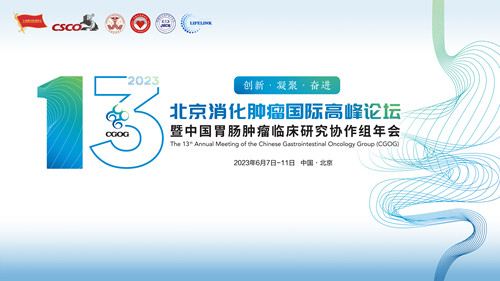肝硬化患者的止血评估:ROTEM测试的相关性?一项前瞻性的横断面研究
Assessment of haemostasis in patients with cirrhosis: Relevance of the ROTEM tests?: A prospective, cross-sectional study Lentschener, Claude; Flaujac, Claire; Ibrahim, Firas; Gouin-Thibault, Isabell
Assessment of haemostasis in patients with cirrhosis: Relevance of the ROTEM tests?: A prospective, cross-sectional study
Lentschener, Claude; Flaujac, Claire; Ibrahim, Firas; Gouin-Thibault, Isabelle; Bazin, Marie; Sogni, Philippe; Samama, Charles-Marc
BACKGROUND: In patients with cirrhosis, decreased rotational thromboelastometry (ROTEM) parameters suggest hypocoagulability secondary to liver dysfunction. However, observed normal or increased thrombin generation suggests preserved haemostasis and/or a procoagulant state. The correlated levels of both coagulation factors and inhibitors also support preserved haemostasis.
OBJECTIVE: The objective of this study is to investigate the correlation between three specific approaches of haemostasis (ROTEM, thrombin generation and coagulation factors/inhibitors) on the same plasma sample from patients with cirrhosis.
DESIGN: A prospective, observational study.
SETTING: Single university hospital.
PARTICIPANTS: Forty patients with cirrhosis.
INTERVENTION: Measurement of the following factors: model for end-stage liver disease (MELD) scores; ROTEM maximum clot firmness (ROTEM-MCF) in EXTEM, INTEM, FIBTEM assays; fibrinogen; factors V and VIII; von Willebrand factor; protein C; protein S; antithrombin; and the thrombin generation test (TGT) enabling the calculation of endogenous thrombin potential without and with thrombomodulin, and the ratio of endogenous thrombin potential with-to-without thrombomodulin (regarded as an index of hypercoagulability).
RESULTS: ROTEM-MCF values were distributed within the normal and hypocoagulation ranges; were correlated to variations in factor V, fibrinogen, protein C and S and antithrombin; and were inversely correlated to MELD scores (ρ > 0.5;P < 0.05). Levels of von Willebrand factor were above normal and were not correlated with any other factor levels. After addition of thrombomodulin, endogenous thrombin potential values were distributed within or above normal values. Factor V variation was correlated to the ratio of endogenous thrombin potential with-to-without thrombomodulin.
CONCLUSION: ROTEM indicated hypocoagulability correlated to liver dysfunction. In contrast, the TGT indicated a preserved or even increased coagulation profile (which was supported by the correlation between coagulant factors and inhibitors) and a potential for hypercoagulability inversely correlated to the degree of liver dysfunction. ROTEM may not be appropriate for haemostasis assessment in patients with liver cirrhosis and could lead to the unnecessary transfusion of fresh frozen plasma.
European Journal of Anaesthesiology:
相关文章
 王福生院士:6年肝硬化研究显示,干...
王福生院士:6年肝硬化研究显示,干...






